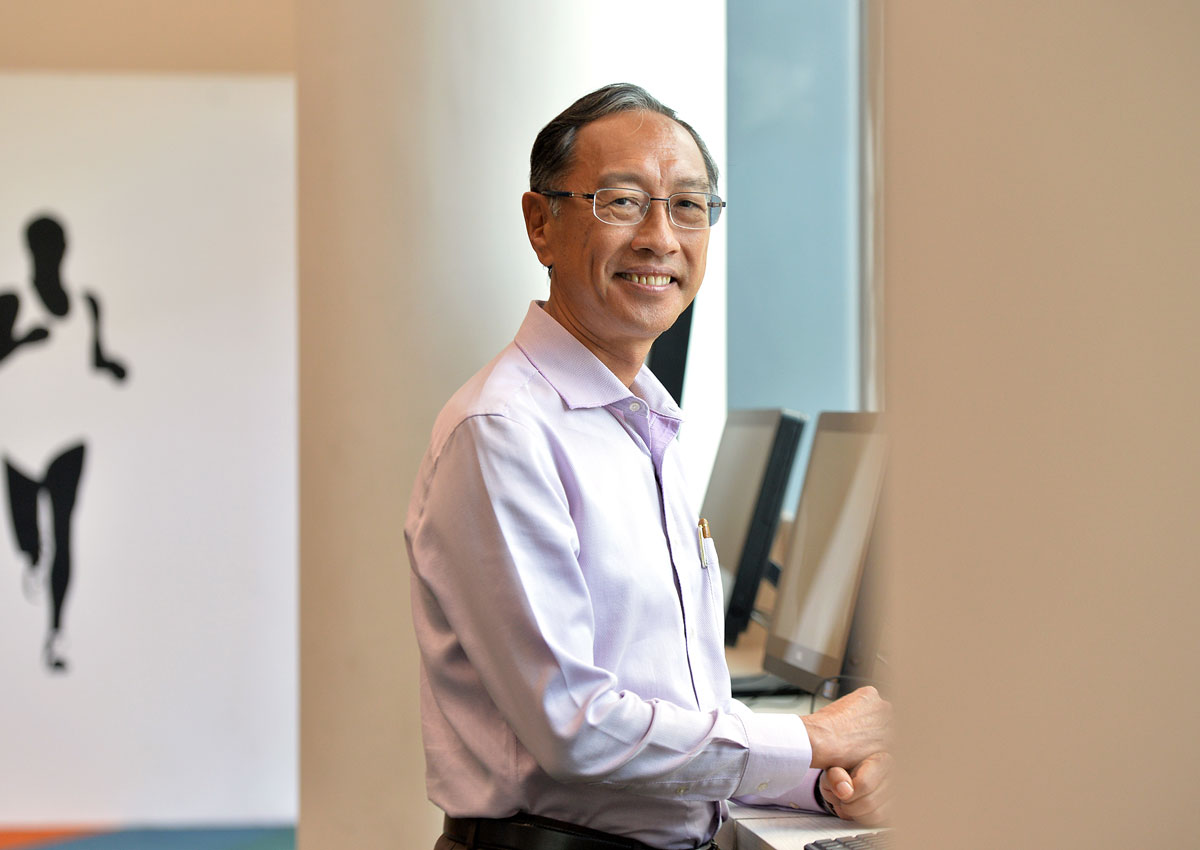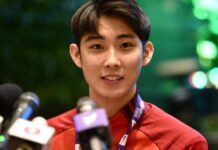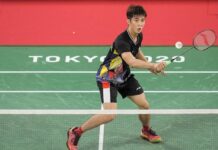Singapore Swimming Association (SSA) president Lee Kok Choy announced yesterday that he will be standing for re-election to his post this year.
His will shortly complete his two-year term and the election will be held at the next annual general meeting (AGM) which will take place no later than June.
Notification of the AGM will be issued 14 days before it is held, and nominations for the posts will close seven working days before the AGM is held.
Lee, 64, stressed the need to retain athletes when they make the transition from school to the workforce in their 20s.
He said: “How to encourage them to continue training hard even when they start work is one of the things we are trying to do, moving forward.
“In the past we’ve had a lot of active participation and intensive training for the younger junior (athletes competing at the elite levels), but we also want to work on retaining the elite athletes for a longer period of time in active training.
“For example, in water polo right now, the average age of our teams is between 23 to 25 for the last few SEA Games. But the best ages for water polo are between 25 to 30.”
Lee was elected to office in June 2014, after he pipped rival candidate Jessie Phua to the presidency by a single vote, 17-16.
Phua told The Straits Times that she will not stand for the election.
“Things are running smoothly (at the SSA) now, which is wonderful news,” she said.
While Lee’s leadership team have highlighted the drain of athletes at the top, they have seen a healthy growth of talent pools at the base during their two years in office.
For instance, Lee noted the number of swimmers who participated in the national time trials increased from about 770 in 2014 to 1,150 this year, and he estimates that there are about 600 water polo players who actively play the sport.
But more work can be done to enlarge the base, he says.
“We want to build that whole pathway from the beginning – from learn-to-swim level all the way to the top,” said Lee, who is also the country manager of Micron Semiconductor Asia.
” To do this, we will turn a lot of focus in the next term to developing the coaching capabilities and infrastructure in the larger community, not just at the pinnacle but the whole base.”
Yet he noted that it is a challenge to raise participation levels for synchronised swimming and diving.
“The athlete-coach ratio is much smaller than swimming. It’s not so straightforward to have mass participation like swimming. Do I want to have more taking part? Yes. But is it a linear progression going forward? It’s not so straightforward.”
chiazya@sph.com.sg

This article was first published on April 20, 2016.
Get a copy of The Straits Times or go to straitstimes.com for more stories.






